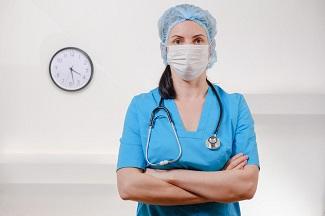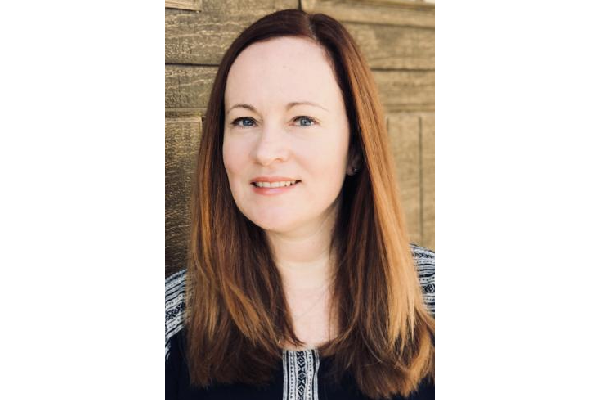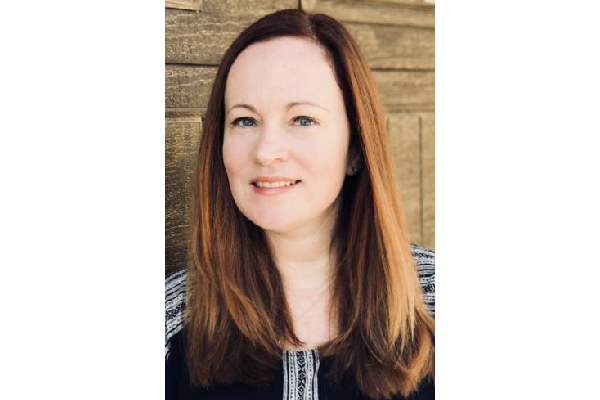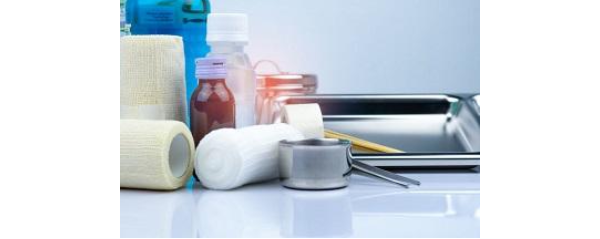Wound Healing in the Time of COVID-19
June 18, 2020
It is an understatement to say that these are trying and uncertain times, as we ride this unpredictable wave of the COVID-19 pandemic. All of us in wound healing as part of the greater health care force are deemed essential, so we cannot "shelter in place." As health care workers, we have to balance our duty to render care with that of protecting ourselves, a tricky tightrope balancing act. The media coverage of this pandemic is constant and anxiety producing, but it has made me ponder the term essential and what that truly means to our patients.
Adapting to Wound Care During the COVID-19 Crisis
Our department, like many others around the world, has been strategizing on how best to limit our risk while not compromising our patients' well-being. It was decided through institutional guidelines that only emergency patients be seen in our ambulatory care center clinic and all others (non-emergency) be scheduled farther out or be set up for a telemedicine visit. This works for many of my colleagues who provide sports medicine, but for me this was all-around problematic.
The reason is that my patients in my safety-net urban hospital clinic depend on me for often weekly care. It is no surprise that patients with chronic wounds have significant comorbidities, such as diabetes, that leave them vulnerable to the current pandemic. These guidelines posed a real dilemma; if I do not see these patients to care for their wounds, they will end up hospitalized, but if I bring them into the clinic, do I risk their health further because of potential COVID-19 exposure?
When Telehealth is Not an Option
Telemedicine is an amazing alternative to a face-to-face visit, and many of my fellow providers have used this modality very efficiently during this crisis. I quickly found out that this would not be a solution for me because most of my patients lack the technology for this type of encounter, and some did not want to explore this option given their lack of a permanent living arrangement (I treat a fair amount of the city's homeless population). One patient comes to mind, a woman trying to get her life back after battling addiction and the toll it has taken on her overall health.
She stays at the local women's shelter and had just landed a retail job when the COVID-19 outbreak happened. Sadly, as the newest hire she was furloughed. Her lower extremity wounds are nearly healed, but the loss of her job was soul crushing for her. She confided in me that coming in to see me weekly helped keep her going in terms of both wound healing and encouragement. At the shelter, her bandage supplies and other possessions tend to get stolen, along with the lack of privacy that communal living brings.
I am glad to be a safe harbor during these stormy times. Healing occurs in so many different ways, and it is easy to forget about the wounds that go unseen on an emotional and spiritual level. This kind of interaction is why I followed my calling into wound healing, with the mind-body connection being so important. As the saying goes, "We heal the whole person, not just the hole in the person." I decided to keep seeing my patients for face-to-face visits when requested while taking all the recommended precautions of handwashing, spacing out of patients, and mask wearing. These patients have all been very grateful for the continued care, and I feel a sense of fulfillment.
One of my colleagues remarked, on seeing my exam room in use, "Wow, you wound people are pretty dedicated." I responded, "We absolutely are indeed." When this pandemic is over, I hope to look back on these times with a sense of pride, knowing that I performed my duty even in the face of a vicious enemy known as COVID-19.
About the Author
Christine Miller, DPM, PhD is a certified wound specialist by the American Board of Wound Management and a Fellow of the American College of Clinical Wound Specialists. She currently serves as the Co-Director of the Limb Salvage Program at the University of Florida, College of Medicine-Jacksonville.
The views and opinions expressed in this content are solely those of the contributor, and do not represent the views of WoundSource, HMP Global, its affiliates, or subsidiary companies.











